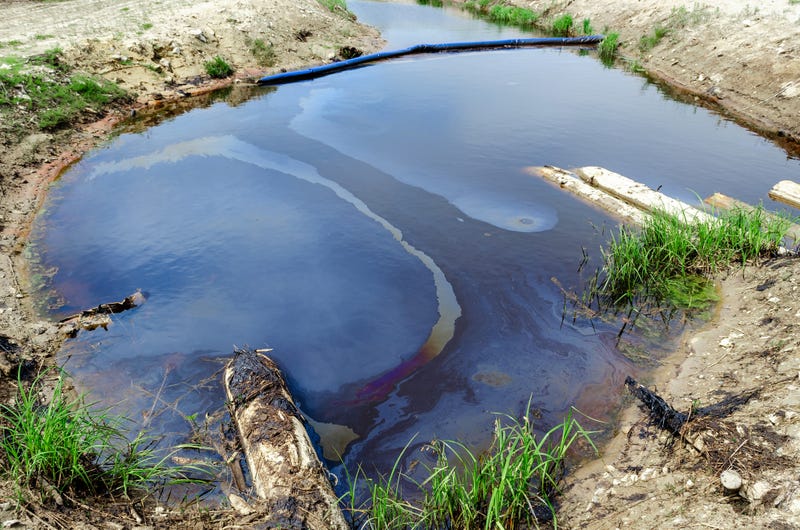
KANSAS CITY – While the Keystone Pipeline is back in service, the clean-up of a massive 600,000 gallon oil spill in Kansas continues.
The December 7th rupture of the Keystone pipeline polluted about three and a half miles of a creek that flows through rural pastureland in Washington County, north of Manhattan, Kansas, about 150 miles northwest of Kansas City.
The spill was the largest onshore in nine years and larger than 22 previous spills on the Keystone system combined, according to U.S. Department of Transportation data.
A new order from the Environmental Protection Agency (EPA) requires TC Oil Pipeline Operations Inc., whose parent company is Canadian-based TC Energy, to recover oil and oil-contaminated soil and vegetation and contain the further spread of oil in the creek.
Meg McCollister, an EPA regional administrator, said in a statement that the federal government and the state are “committed to a thorough cleanup and restoration."
The 2,700-mile Keystone system carries heavy crude oil extracted from tar sands in western Canada to the Gulf Coast and to central Illinois.
The cause of the 14,000-barrel spill hasn't yet been announced. Each barrel is 42 gallons, the size of a household bathtub.
But U.S. Sen. Maria Cantwell, a Washington Democrat who chairs the Senate Commerce, Science and Transportation Committee, raised concerns in a letter Monday about the decision to grant TC Energy a permit that allowed the pressure inside parts of the Keystone system — including the stretch through Kansas — to exceed the typical maximum permitted levels.
“This latest spill is no surprise," Cantwell told the deputy administrator of the Pipeline and Hazardous Materials Safety Administration in demanding a review of the permit.
The company and government officials have said drinking water supplies were not affected. No evacuations were ordered, and most of the Keystone system was back in operation in eight days.
Concerns that spills could pollute waterways spurred opposition to plans by TC Energy to build another crude oil pipeline in the same system, the 1,200-mile Keystone XL, across Montana, South Dakota and Nebraska.
The cancelation of a permit by the White House for that project led the company to pull the plug on the project last year.
